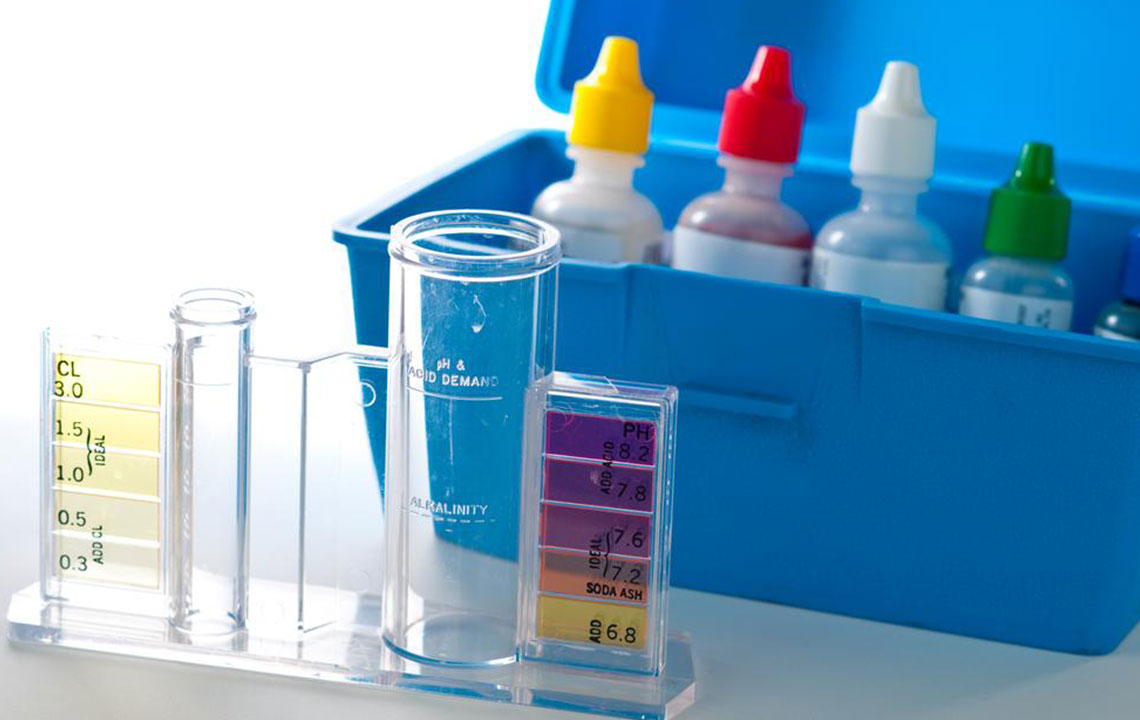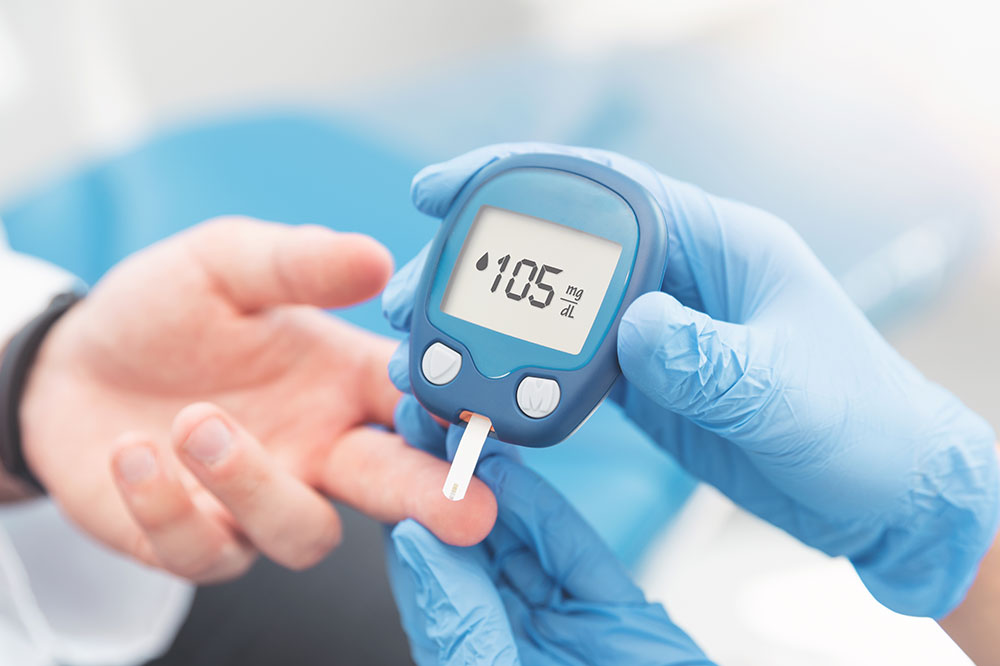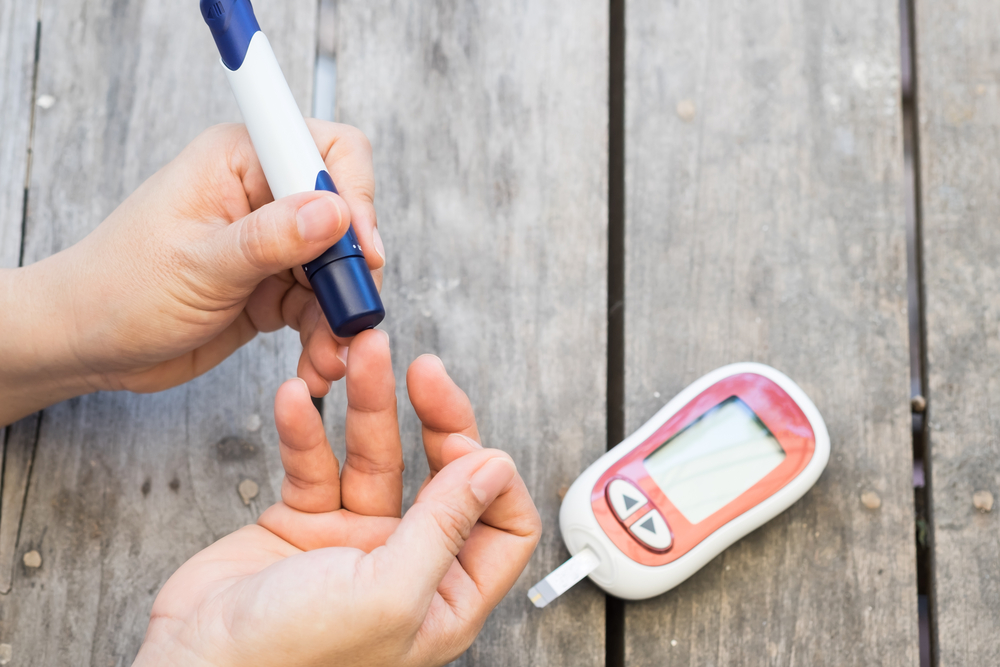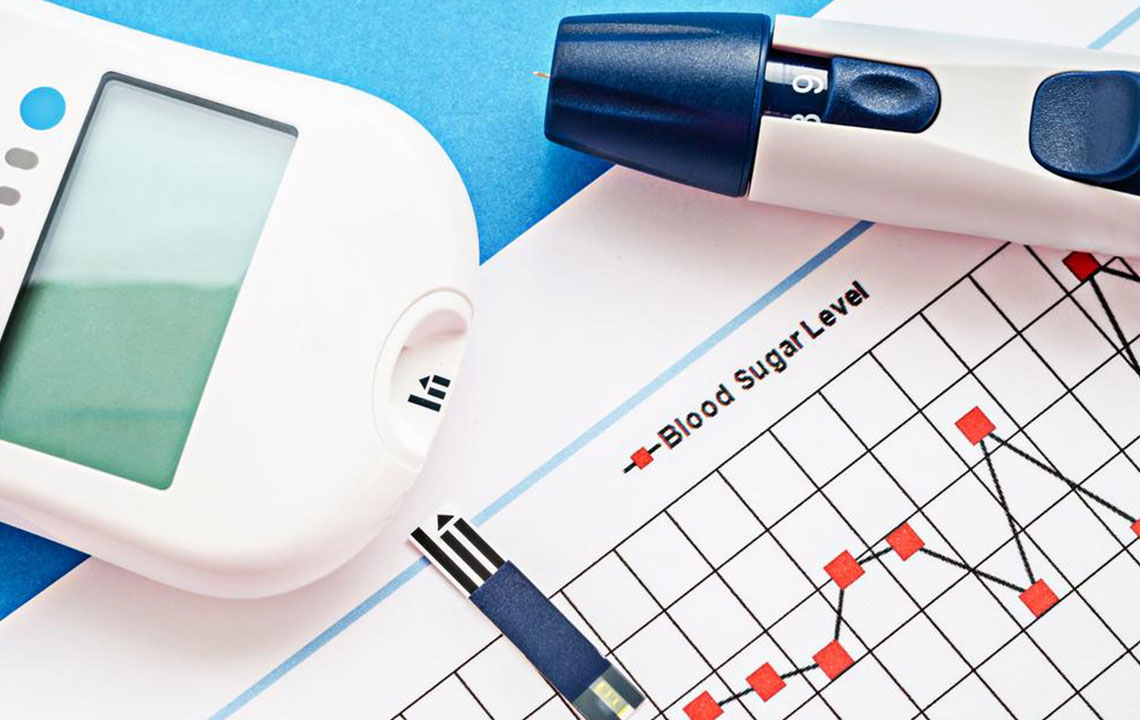Understanding Your A1C Test: How It Works and What Your Results Mean
Learn how the A1C test measures your blood sugar control over time. Discover what the results mean for your health, how often to test, and strategies to maintain optimal diabetes management. Regular A1C monitoring is vital for preventing complications and improving quality of life.

Understanding Your A1C Test: How It Works and What Your Results Mean
The A1C test measures the percentage of hemoglobin in your blood that has glucose attached to it, providing an average of blood sugar levels over the past two to three months. Known as glycosylated hemoglobin or HbA1C, this test helps assess diabetes management and control. The results are compared against standard charts to determine if blood sugar is within normal ranges or indicates prediabetes or diabetes.
How is the A1C test conducted?
A blood sample is analyzed to evaluate A1C levels. Depending on the results and individual health status, healthcare providers may recommend testing at different intervals—from twice a year to quarterly or monthly for tighter control.
The A1C level is a leading indicator of diabetes control, helping patients and doctors gauge the effectiveness of treatment plans.
If blood sugar levels remain stable without major fluctuations, testing twice a year is often sufficient. However, if levels deviate from standard ranges, more frequent testing—up to four times or monthly—may be necessary to maintain optimal control.
Interpreting A1C test results:
The percentage of glycated hemoglobin reflects the average blood sugar over recent months.
This is evaluated based on the A1C percentage, with the following guidelines:
A level below 5.7% is considered normal.
Levels between 5.7% and 6.4% suggest prediabetes, indicating elevated blood sugar levels that are not yet diabetic.
Levels above 6.5% confirm a diagnosis of type 2 diabetes.
If you have diabetes, maintaining lower A1C levels is crucial. Regular monitoring helps manage blood sugar effectively and reduces the risk of complications.
Important Note:
The information provided here regarding symptoms, treatments, and health conditions is for educational purposes only. It should not replace professional medical advice. Always consult licensed healthcare providers for diagnosis and treatment decisions.










